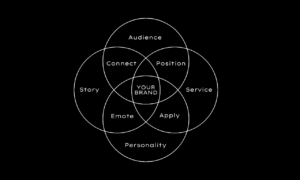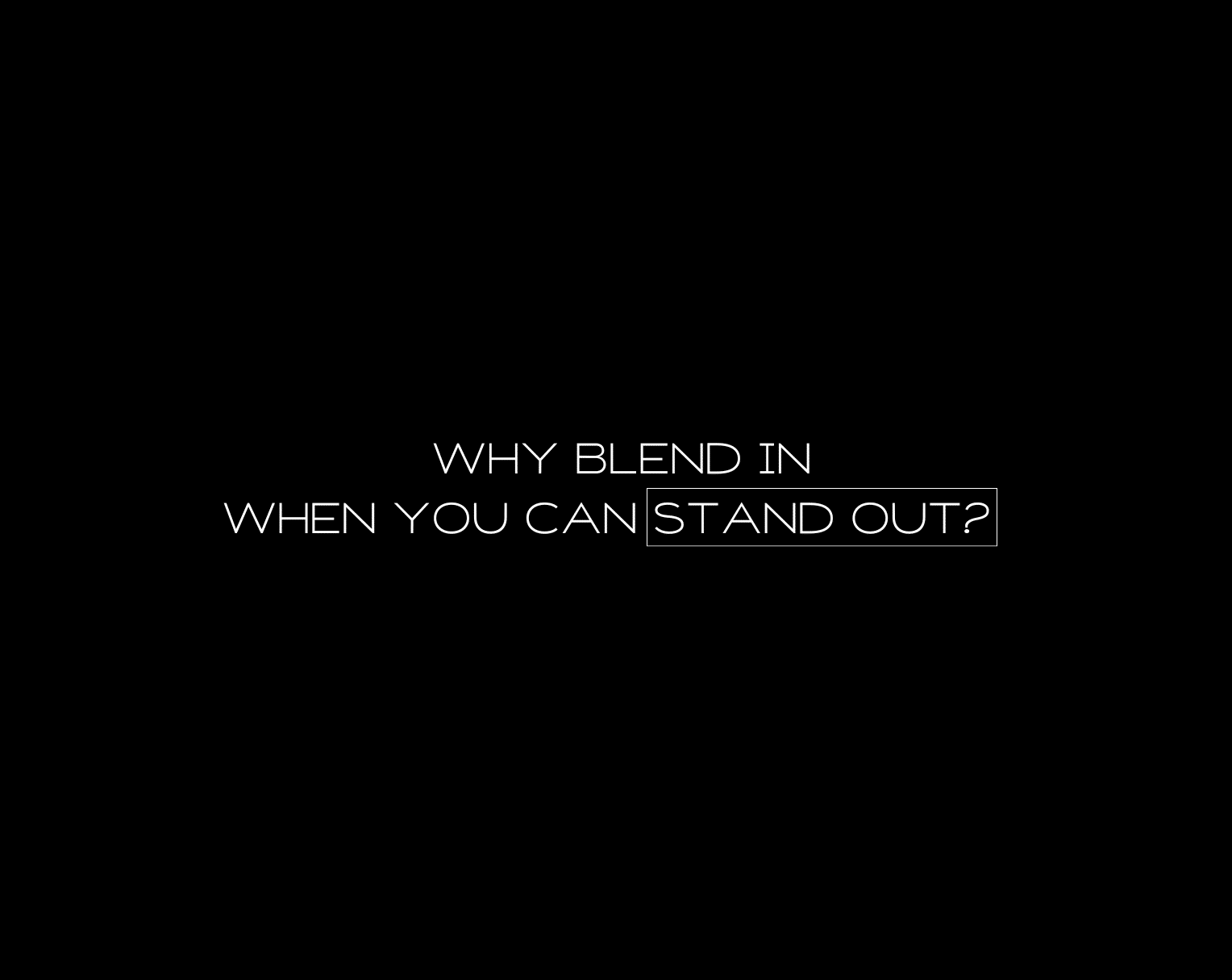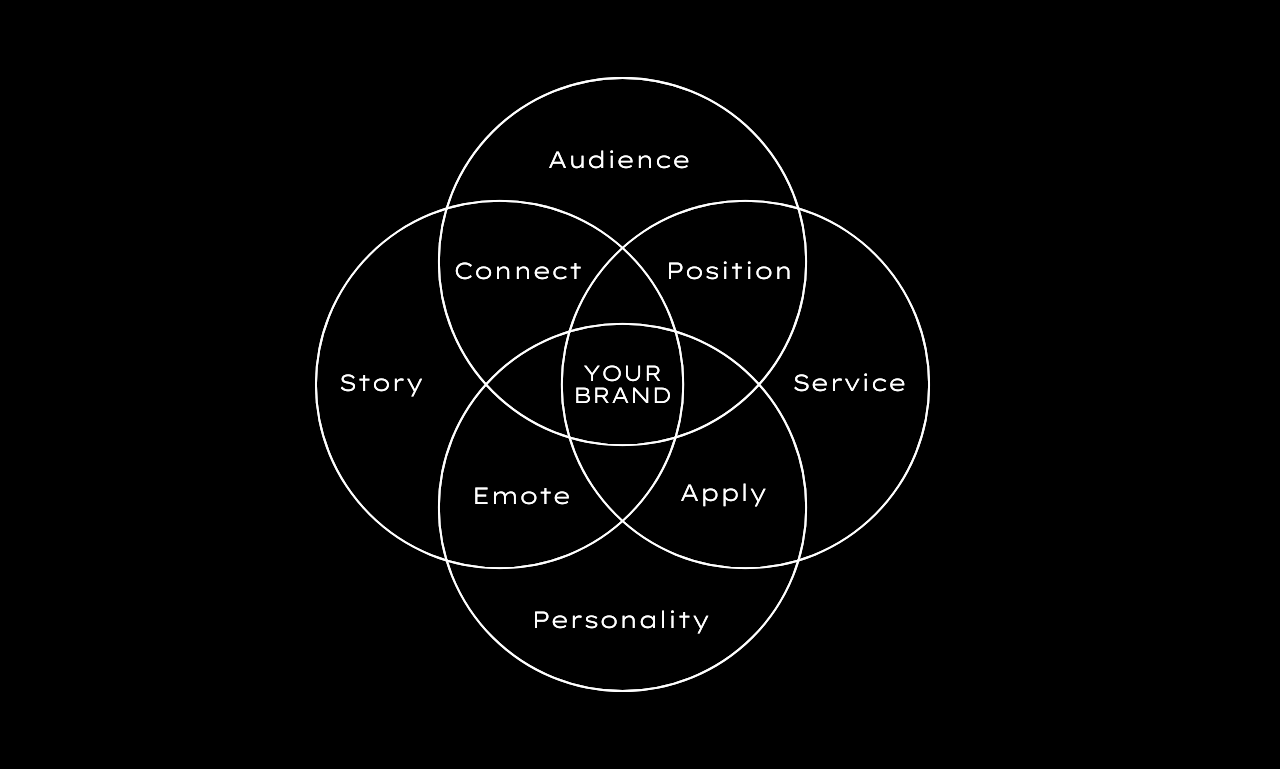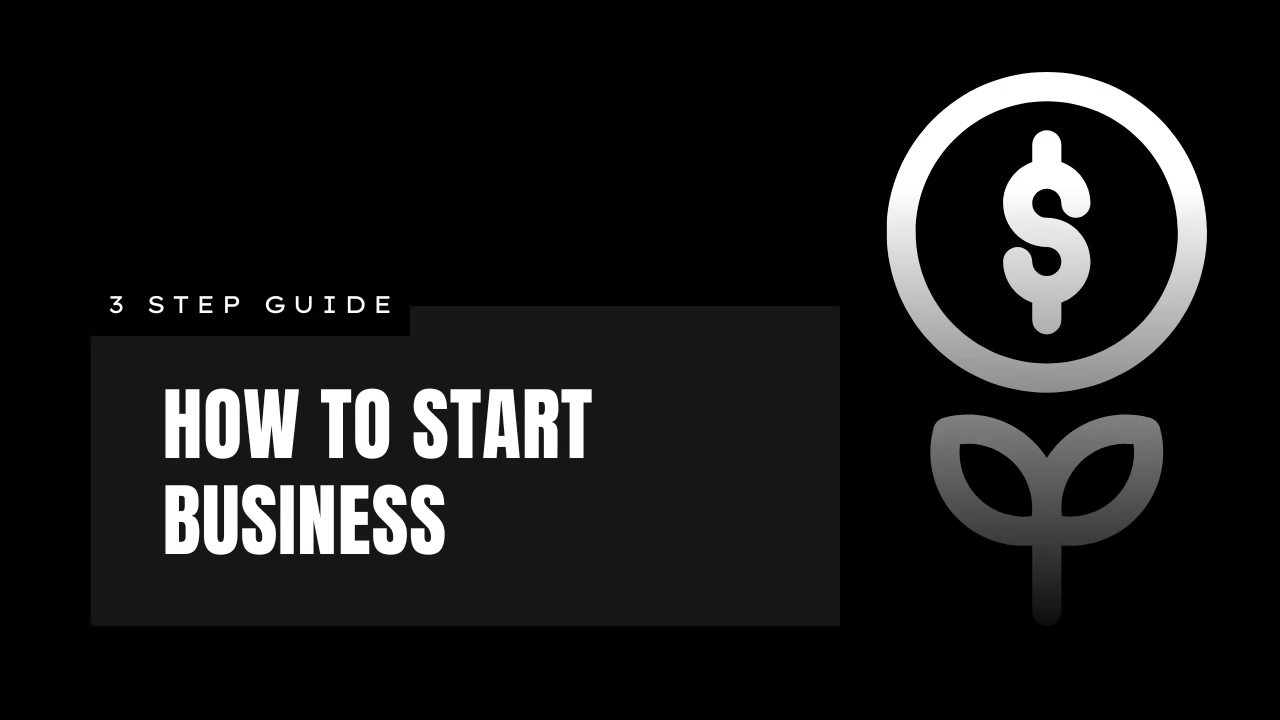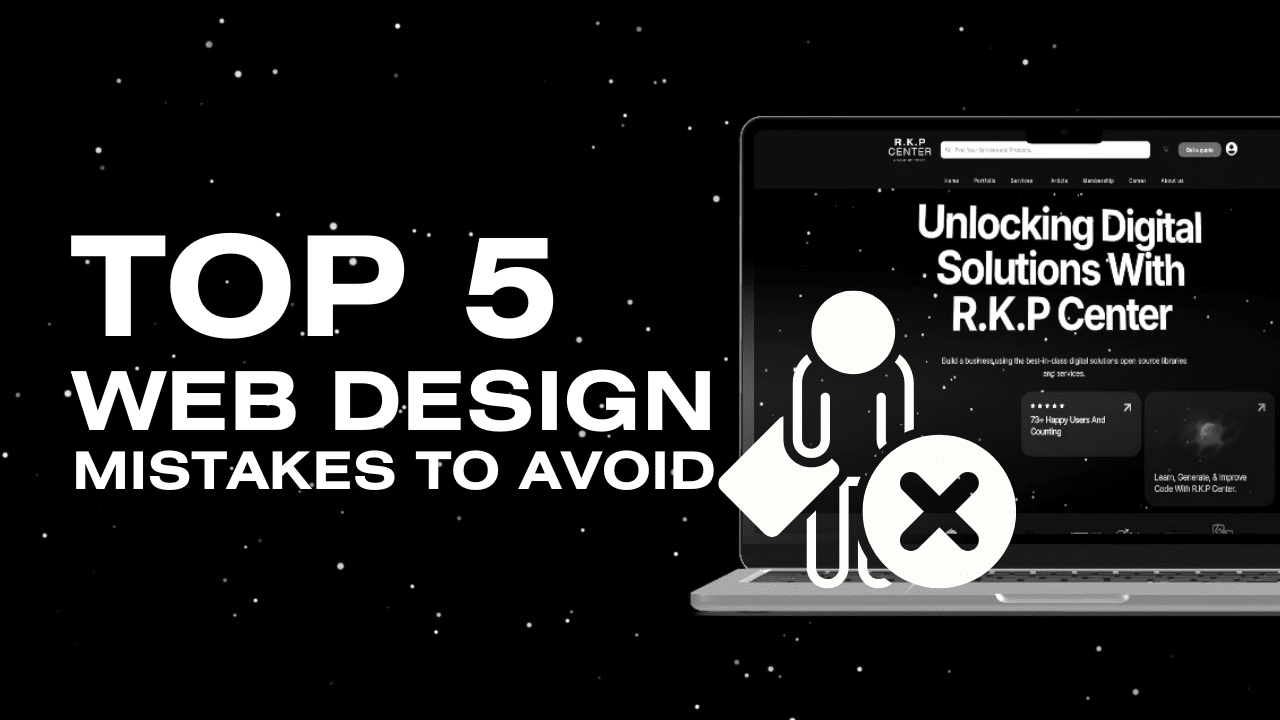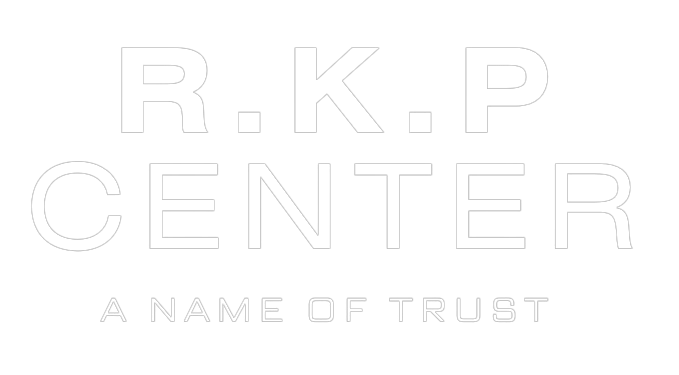1. Pricing Hacks That Drive Sales
1. Charm Pricing ($9.99 vs. $10.00)
Prices ending in .99 create the illusion of a better deal.
Example: Apple prices apps at $0.99 instead of $1.
Why It Works: Consumers process $9.99 as closer to $9.
Use It: Use .99 or .95 pricing for value perception; round numbers for luxury branding.
2. Decoy Effect
Introducing a third, less attractive option makes a more expensive choice seem better.
Example: Starbucks’ medium cups boost sales of the large.
Use It: Offer three pricing tiers; position the middle as best value.
3. Anchoring Effect
The first price shown becomes the reference point.
Example: Luxury handbags priced at $2,000 make the $500 bag seem like a deal.
Use It: Show premium prices first to enhance perceived value of affordable ones.
4. Price Bundling
Group products together at a discounted rate.
Example: McDonald’s value meals.
Use It: Bundle complementary items to boost perceived savings.
5. Odd-Even Pricing
Even prices signal luxury; odd prices imply deals.
Example: Nike uses $150.00 for high-end shoes, $149.99 for budget ones.
Use It: Round pricing for prestige; odd pricing for affordability.
6. Psychological Free Pricing
“Free” feels more valuable than a discount.
Example: Amazon‘s free shipping threshold.
Use It: Offer free add-ons instead of small discounts.
7. Payment Pain Reduction
Reduce friction during payment.
Example: Uber‘s auto-pay model.
Use It: Offer seamless payments, subscriptions, or one-click checkouts.
2. Branding & Perception Tricks
8. Sensory Branding
Engage the senses to forge emotional bonds.
Example: Starbucks’ aroma and ambiance.
Use It: Add unique sounds, scents, or visuals to your brand.
9. Scarcity Effect
Limited supply boosts perceived value.
Example: Supreme’s limited sneaker drops.
Use It: Use time-limited or quantity-limited campaigns.
10. Social Proof (Herd Mentality)
People follow the crowd.
Example: Amazon reviews and bestseller tags.
Use It: Showcase testimonials, reviews, and UGC.
11. Familiarity Principle
Recognition builds trust.
Example: McDonald’s golden arches.
Use It: Keep branding consistent across all platforms.
12. Authority Bias
Consumers trust experts.
Example: Colgate ads with dentists.
Use It: Highlight experts, awards, or certifications.
13. Color Psychology
Colors trigger emotional reactions.
Example: Coca-Cola’s red (energy), Facebook’s blue (trust).
Use It: Align color choices with brand values.
14. Perceived Effort Effect
Effort increases value.
Example: Handcrafted goods and luxury branding.
Use It: Emphasize craftsmanship and creation stories.
15. Loss Aversion
People fear losing more than they love gaining.
Example: Limited-time trials by Netflix.
Use It: Frame deals as potential losses to trigger action.
3. Consumer Behavior Tricks
16. Foot-in-the-Door Technique
Start with a small ask before going big.
🔍 Example: Asking for a newsletter signup before pitching a product.
🧠 Use it: Build commitment slowly.
17. Commitment & Consistency
People want to stay consistent with past actions.
✅ Example: “You already support this cause…”
🧠 Use it: Remind customers of their past engagement.
18. Zeigarnik Effect
Unfinished tasks create mental tension.
🎯 Example: Progress bars during onboarding.
🧠 Use it: Show incomplete steps to push users to complete them.
19. Endowed Progress Effect
Artificial progress boosts motivation.
🎟️ Example: Loyalty cards with 2 out of 10 stamps pre-filled.
🧠 Use it: Give users a head start.
20. Reciprocity Principle
Give first, and they’ll give back.
🎁 Example: Free samples at Costco.
🧠 Use it: Offer value before expecting a sale.
21. Confirmation Bias
People look for info that confirms what they already believe.
🧠 Use it: Align your message with your audience’s existing worldview.
22. Fear of Missing Out (FOMO)
Nobody wants to be left out.
📢 Example: “Only 3 spots left!”
🧠 Use it: Use urgency and exclusivity.
23. Storytelling Persuasion
Stories make data human.
🎬 Example: Nike ads focus on athlete journeys.
🧠 Use it: Sell transformation, not features.
24. Priming
Subtle cues influence behavior.
🧠 Example: Displaying images of healthy food increases healthy orders.
🧠 Use it: Use words, colors, and visuals to prime customer emotion.
25. Mirror Effect
People like brands that reflect them.
📸 Use it: Mirror your audience’s language, style, and values.
4. Design & UX Influence
26. Visual Hierarchy
People scan top-left to bottom-right.
🧠 Use it: Place key messages where eyes land first.
27. White Space Usage
Clutter kills conversion.
🧠 Use it: Give elements room to breathe.
28. Hick’s Law
More choices = slower decisions.
🧠 Use it: Limit options to increase conversions.
29. Eye Gaze Direction
People follow where others look.
🧠 Use it: Use models looking at call-to-action buttons.
30. CTA Contrast
Make buttons pop.
🧠 Use it: High-contrast colors for “Buy Now” buttons.
31. Rule of Thirds
Visually pleasing layouts feel more trustworthy.
🧠 Use it: Align key elements along rule-of-thirds lines.
32. Cognitive Load Reduction
Less mental work = better conversion.
🧠 Use it: Simplify navigation and choices.
33. Repetition for Recognition
Repetition builds familiarity.
🧠 Use it: Repeat brand messages and visuals.
34. Visual Cues (Arrows, Pointers)
Guide attention to what matters.
🧠 Use it: Arrows pointing to CTA boost clicks.
35. UX Flow Psychology
Users want progress.
🧠 Use it: Use step-by-step flows and checklists.
5. Email & Ad Copy Triggers
36. Curiosity Gaps
Tease, don’t tell.
🧠 Example: “You won’t believe what happened…”
🧠 Use it: Open loops in subject lines and ads.
37. Power Words
Words like “exclusive,” “instant,” “proven” boost CTR.
🧠 Use it: Spice up your copy with emotion-packed words.
38. Specificity > Vagueness
Numbers and details convert.
🧠 Example: “Lose 7 lbs in 14 days” beats “Lose weight fast.”
🧠 Use it: Use concrete claims.
39. Personalization
People react to their name and behavior.
🧠 Use it: Personalized subject lines and dynamic content.
40. Short Sentences, Big Impact
Clarity sells.
🧠 Use it: Break down long paragraphs. Make key ideas pop.
41. Question Hooks
Engage the mind by asking.
🧠 Use it: Open with a question that mirrors user doubt or desire.
42. Emotion First, Logic Later
People buy on emotion, justify with logic.
🧠 Use it: Lead with the emotional benefit before stating features.
43. Time-Based Urgency
Deadlines move people.
🧠 Use it: Countdown timers in emails or limited-time wording.
44. Contrast Framing
Show worst-case vs. best-case.
🧠 Use it: Highlight the “cost of inaction” vs. the reward of action.
45. “You”-Driven Language
Make it about them, not you.
🧠 Use it: Swap “we offer” for “you’ll get.”
6. Sales & Closing Techniques
46. Takeaway Close
Threaten to remove the offer.
🧠 Example: “Offer ends tonight!”
🧠 Use it: Create subtle fear of loss.
47. Trial Close
Check readiness before asking for a sale.
🧠 Example: “Would you prefer A or B?”
🧠 Use it: Ask mini-commitments along the way.
48. Objection Preemption
Handle doubts before they arise.
🧠 Use it: Add FAQs, risk reversals, and testimonials.
49. Value Stacking
List benefits to outweigh cost.
🧠 Use it: Emphasize bonuses, guarantees, and future savings.
50. Clear Call-to-Action
Don’t make them guess.
🧠 Use it: Always end with one clear, bold action.
Want to use these 50 techniques in your next launch, product, or service?
👉 Save this guide. Share with a marketer. And start testing today.


